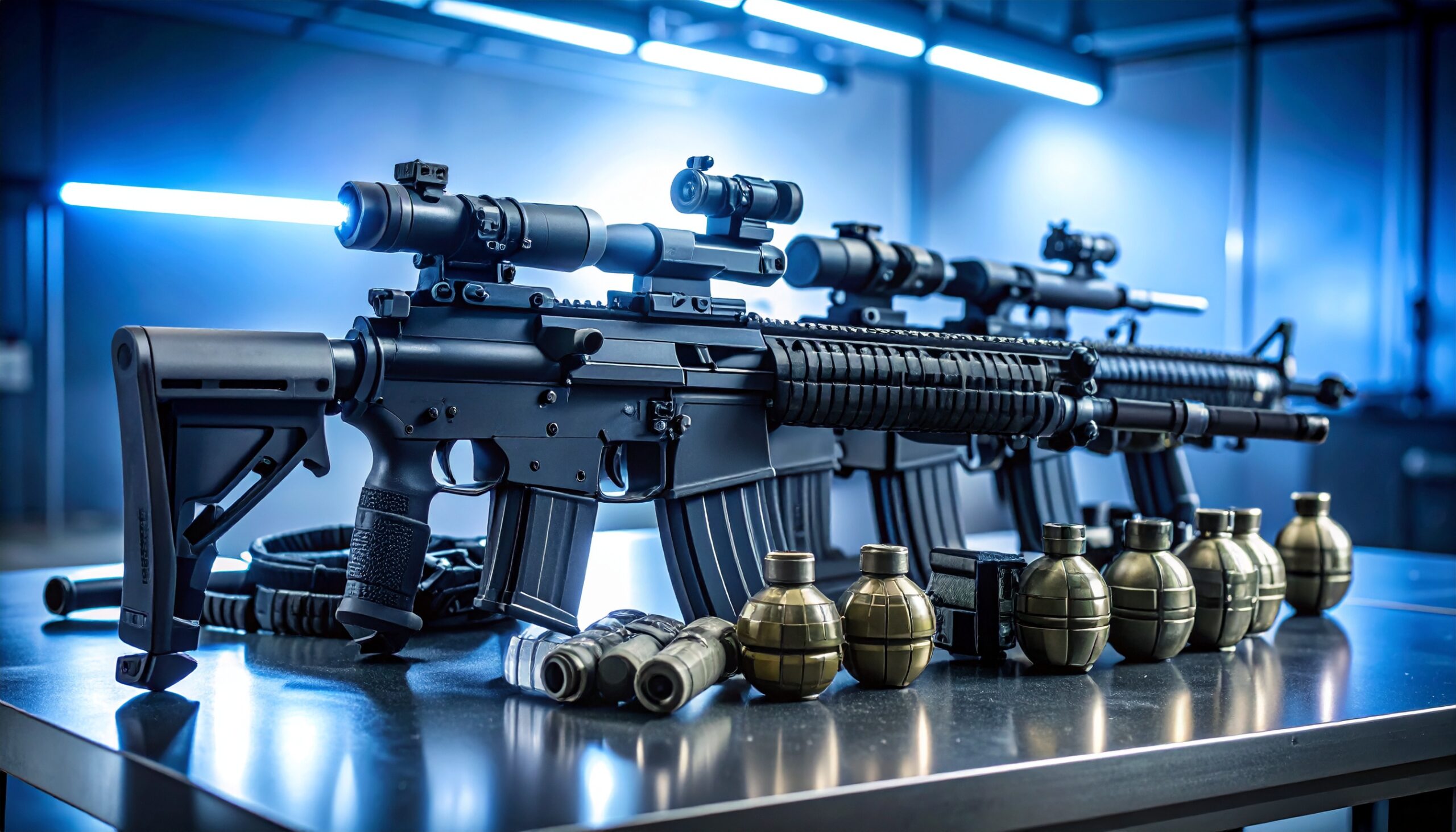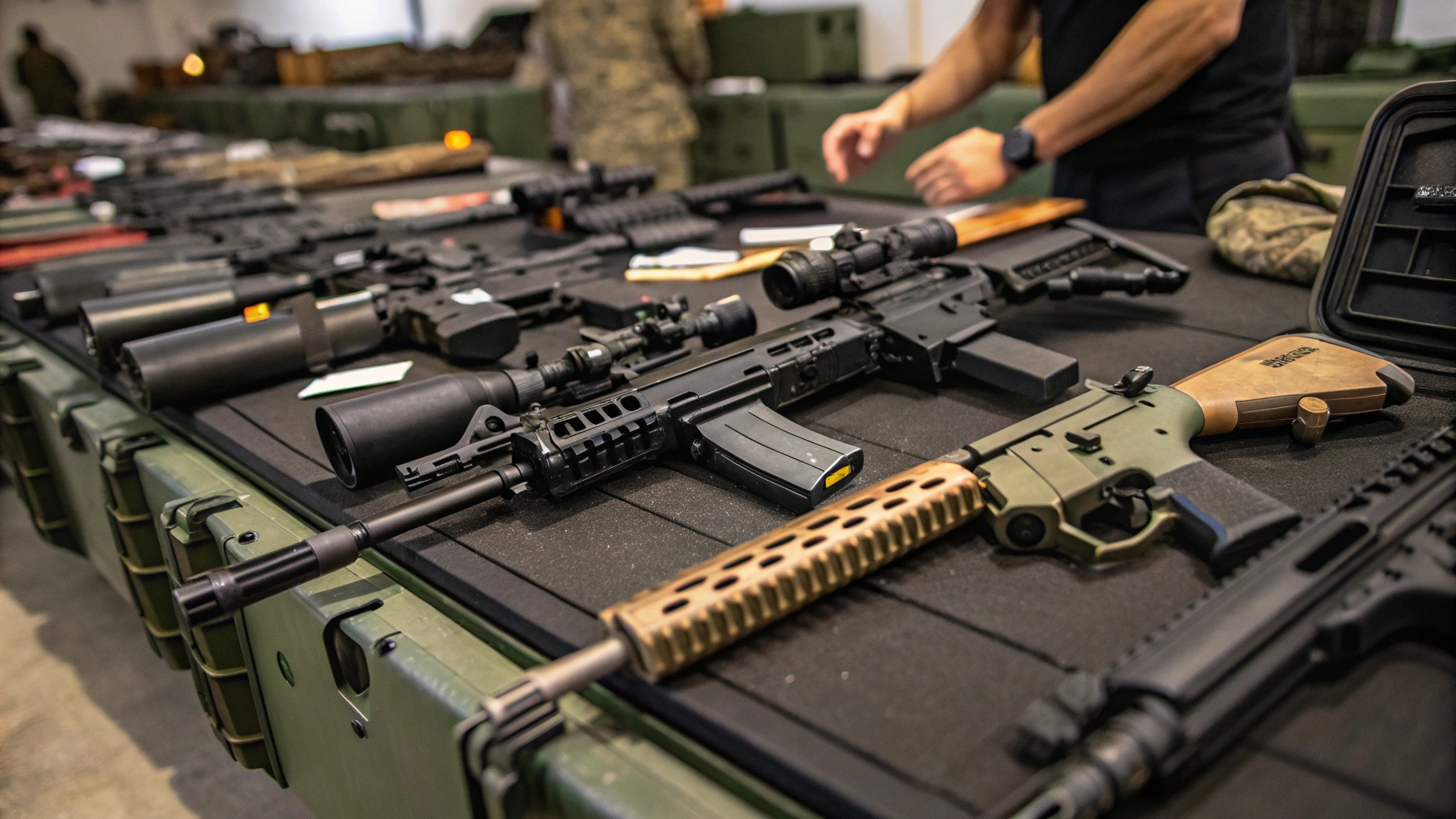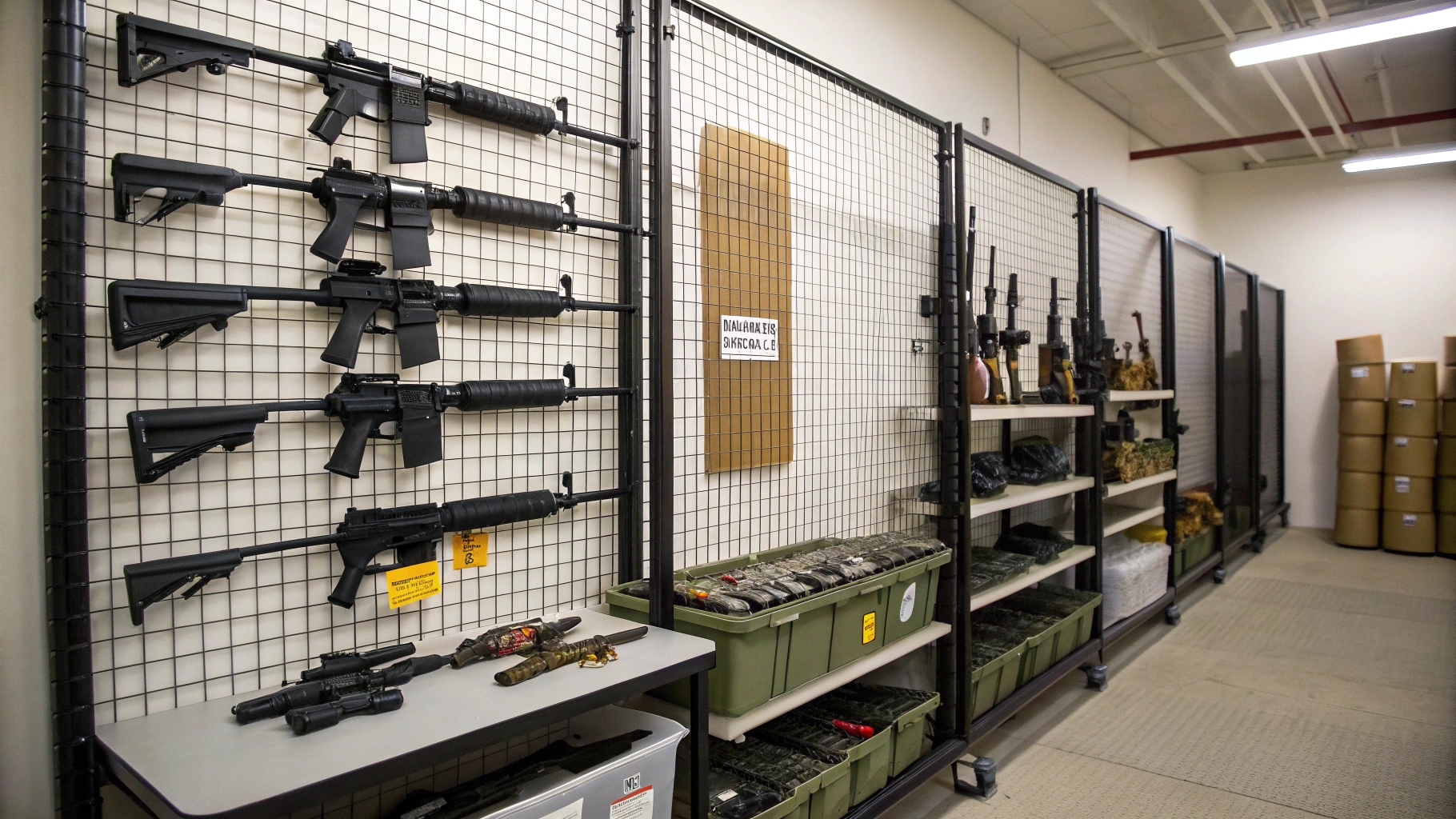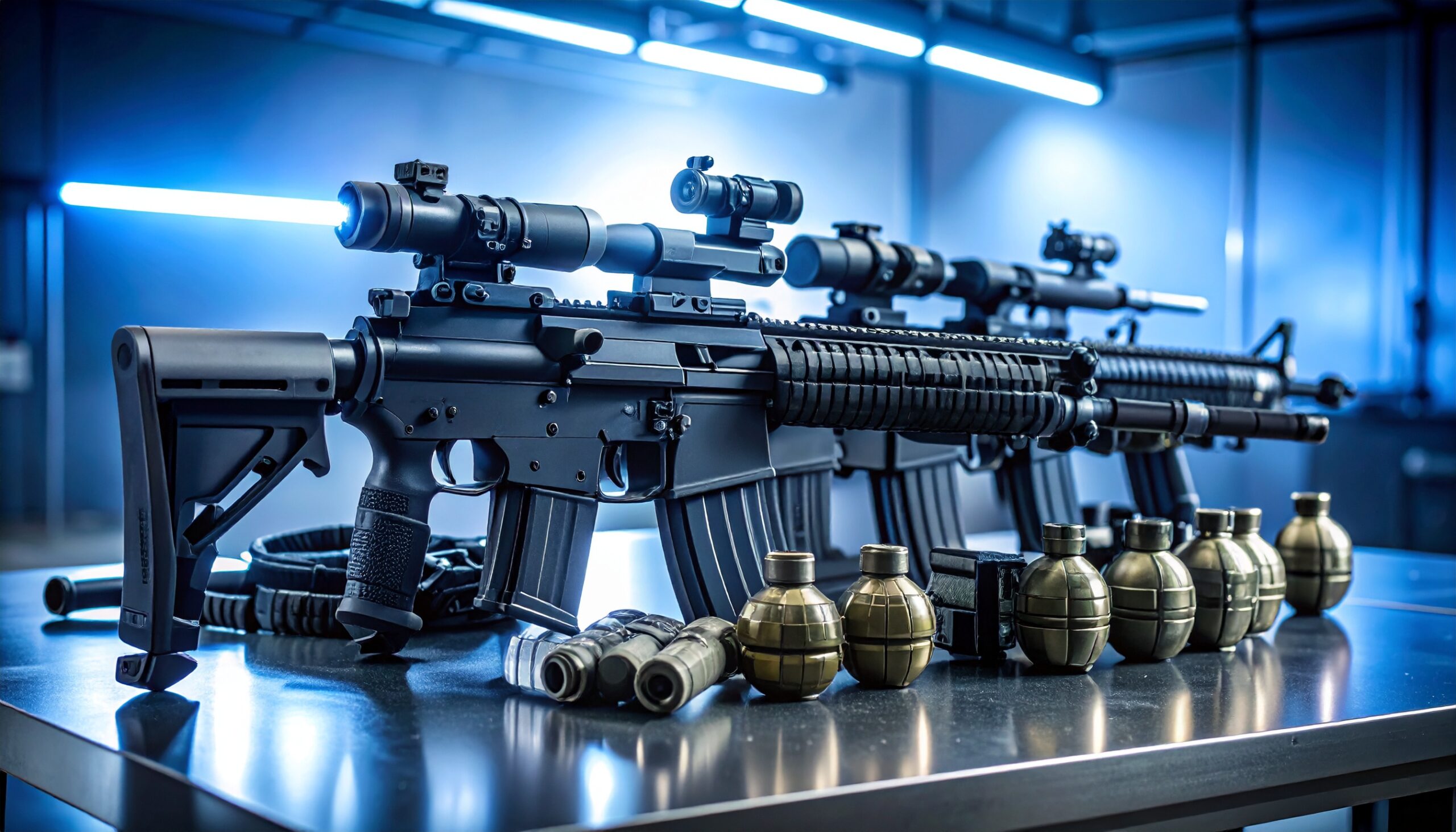
The U.S. Navy has initiated a multi-year modernization and sustainment program for its MK-15 Phalanx Close-In Weapon System (CIWS), ensuring continued reliability of the fleet’s last line of shipboard defense. The initiative encompasses upgrades, overhauls, and conversions across multiple fiscal years to keep systems mission-ready amid emerging missile and drone threats. The plan was outlined in Navy planning documents from September 2025, which emphasize long-term lifecycle management to maintain the defensive readiness of surface combatants.
By consolidating maintenance, production support, and upgrade activities into a unified schedule, the Navy seeks to stabilize the availability of CIWS mounts across its destroyers, cruisers, and support ships. This integrated sustainment effort provides consistency in fleet readiness and minimizes logistical interruptions, strengthening the Navy’s ability to respond swiftly to low-altitude and close-range aerial threats.
The Phalanx CIWS, often recognized by its distinctive turret and radar dome, represents the final defensive layer when all other systems have failed to neutralize an incoming target. It combines a 20 mm M61A1 Gatling gun, Ku-band radar, and electro-optical sensors to autonomously detect, track, and destroy incoming projectiles. The system fires up to 4,500 rounds per minute, with crews trained to employ short, controlled bursts to conserve ammunition and ensure precise engagement—crucial when engagement windows last only seconds.
Currently, the Navy operates the Block 1B Baseline 2 configuration, which introduces an infrared imaging sensor and surface mode capability to counter small boats and slow, low-flying drones. Designed for stability, rapid traverse, and vibration absorption, the mount is engineered to fire within safe arcs while maximizing precision. Ammunition types, including armor-piercing sabot rounds, are optimized to degrade missile aerodynamics and structure, buying valuable meters that prevent impact and safeguard the ship.





